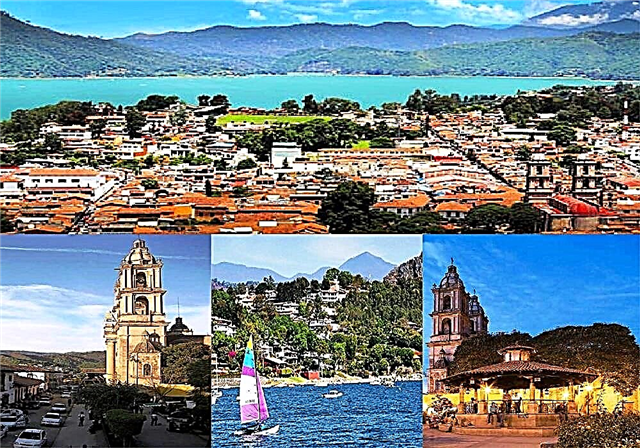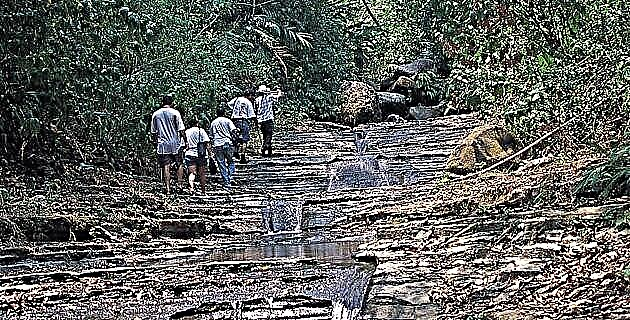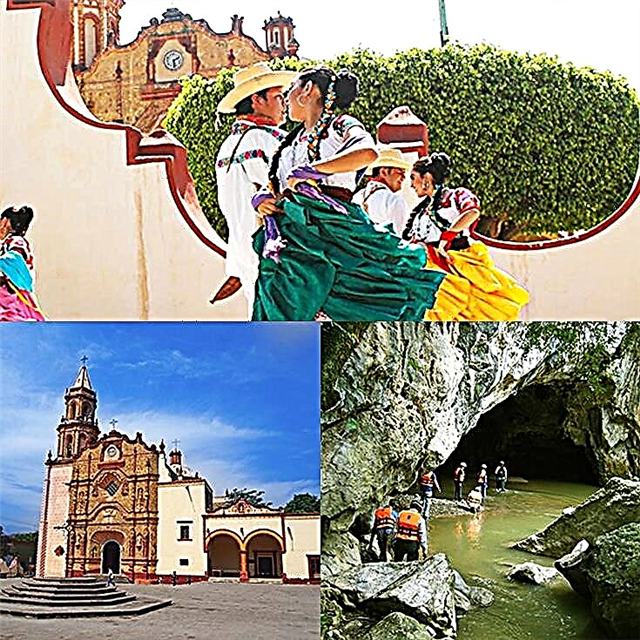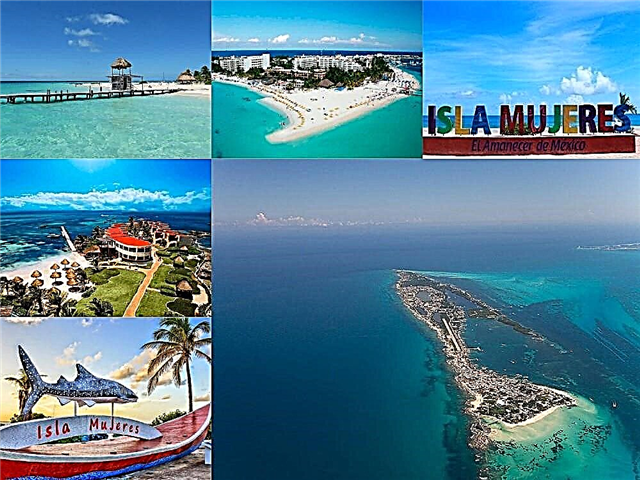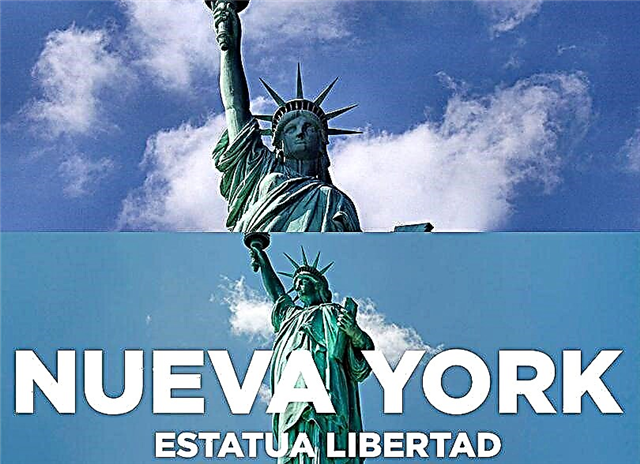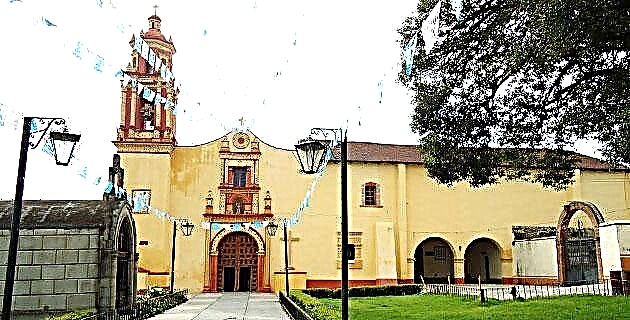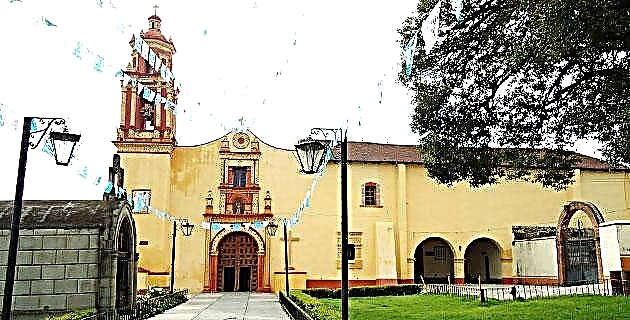
Ayapango is an ancient town located on the western slope of the Iztaccíhuatl, the birthplace of the famous poet Aquiauhtzin.
Ayapango is located very close to Amecameca; It is a typical town of cobbled streets and houses with gabled roofs, with dark flat clay tiles, characteristic of this region.
Currently, around 5,200 people live in the municipality, the majority of whom are day laborers engaged in basic crop agriculture and dairy farming, since cheese-making is another important activity in the municipality. In fact, there are several farms producing various milk derivatives, among which “El Lucero” stands out.
We came to this town attracted by the fame of its cheeses and by the fact that some of its former haciendas and ranches, such as the former Retana hacienda and the Santa María ranch, served as film locations for various Mexican films.
In the town we discovered buildings, events and historical figures that exceeded our first expectations, leaving the search for famous movie locations in the background.
Ayapango by Gabriel Ramos Millán
Located in the State of Mexico, the municipality bears the full name of Ayapango from Gabriel Ramos Millán, because in this town the lawyer Ramos Millán was born in 1903, who was elected deputy in 1943 and senator in 1946; In 1947, commissioned by President Miguel Alemán, he founded the National Corn Commission, which introduced the use of hybrid and improved seeds in Mexico; It also promoted the subdivision of extensive lands to the west of Mexico City and foresaw urban expansion to the south; he was also a patron of various artists. Ramos Millán died in 1949 in a plane crash when he was traveling from Oaxaca to Mexico City. in the company of the actress Blanca Estela Pavón (1926-1949), who also died in the accident. The plane crashed into Pico del Fraile, an elevation adjacent to Popocatépetl. Gabriel Ramos Millán practically died in front of his people.
In addition to the name of the municipality, today this local hero is reminded of his bust, next to the town kiosk, and his name in a government primary school and on a main street in the town; likewise, inside the municipal palace you can see his oil portrait. The house of the character's family also remains, on the property that bears the pre-Hispanic name of Tehualixpa.
Also pre-Hispanic is another character, less known but no less important: Aquiauhtzin Cuauhquiyahuacatzintli, indigenous nobleman born in 1430, author of the “Song of the Women of Chalco”, also called “La Enemiga”, or “Warrior Song of the Soldaderas Chalcas ”. His name is now taken by the House of Culture of the municipality.
The chronicler of Ayapango, Professor Julián Rivera López, told us that the historian Miguel León-Portilla used to take his students to this town to declaim in chorus the famous song of Aquiauhtzin, one of whose stanzas is the following:
"Will your heart fall into vanity, noble Axayácatl? Here are your noble hands, with your hands take me. Let us have pleasure. On your flower mat where you exist, noble companion, little by little surrender, to sleep, remain calm, my little boy, you, Mr. Axayácatl ... "
Origin of the name of Ayapango
Ayapango comes from Eyapanco, which is made up of ey (or yei), three; apantli (apancle), caño or acequia, and co, en, and means: "In the three channels or acequias", that is, "in the place where three ditches meet".
Probably in this site three apancles originated or converged and perhaps here they were diverted at will, according to the requirements of the milpas, since it is well known that the ancient Mexicans had complex irrigation systems.
Touring Ayapango
Towards the north side of the municipal palace is the main temple of Ayapango, which is the parish and former convent of Santiago Apóstol, whose wooded atrium is surrounded by the classic crenellated wall, so characteristic of the Christian temples of the 16th and 17th centuries in Mexico . The patronal feast is on June 25.
Later we went to El Calvario, a ruined Franciscan convent that is about two kilometers to the south. It is an old construction that rises on a volcanic stone moor. Unfortunately it is collapsing and it is helped by criminal hands who steal the beautifully carved quarries. A centennial jasmine recalls what was once the orchard. This old building really deserved better luck, hopefully it can be restored before it completely collapses, forgotten by those who should be its most zealous guardians.
Then we visit the few remains of the ruins of the former Santa Cruz Tamariz estate. The municipal secretary had informed us that these ruins were invaded by several families that now inhabit them.
This former hacienda is located on one side of the town of San Francisco Zentlalpan, which has another exquisite temple with the entire façade –including the columns– made with tezontle. By the way, to have access to the walled and crenellated atrium of this temple, you have to cross a bridge built by the neighbors on May 21, 1891.
We also visit the temples of which were towns and are now delegations of this municipality: San Martín Pahuacán, San Bartolo Mihuacán, San Juan Tlamapa, San Dieguito Chalcatepehuacan and San Cristóbal Poxtla. At the entrance of this last town, on one side of the road, is the “El Lucero” farm, which is the main cheese producer in the region. Mrs. María del Pilar García Luna, owner and founder of this successful company, and her daughter, Elsa Aceves García, allowed us to see how Oaxaca-type cheese was made: from a huge stainless steel tub with hot water, three men They began to pull a 60 kg mass of cheese, and they stretched it to form a slice of 40 cm in diameter by 3 m long, and then they continued pulling it into thinner strips that they cut and introduced to another tub of cold water , to later make cheese "tangles" of approximately one kilogram. This farm produces various types of cheese that are sold wholesale to Mexico City. and the states of Puebla, Morelos and Guerrero.
Definitely, the farm "El Lucero" is the ideal place to spend a pleasant time and taste all the derivatives of milk.
Details of Ayapango
Walking through the center of this town you can see magnificent houses, most of them from the late 19th and early 20th centuries.
The names of the lots and properties whose houses, old or modern, continue to be known and named by the locals with exquisite Nahua place names, such as Pelaxtitla, Tepetlipa, Xaltepa, Huitzila, Huitzilyac, Teopanquiahuac, Huitzilhuacan, Teopantitla, Caliecac, have persisted since pre-Hispanic times. Tecoac, etcetera.
It is delicious to wander through the central streets of Ayapango by Gabriel Ramos Millán, as one goes from surprise to surprise, finding architectural details in the old houses worthy of being admired, such as the “Casa Grande” and the “Casa Afrancesada”, with portals, balconies, lintels, oculi, windowsills and recesses so wonderful that it is well worth taking a tour of this town to get to know and contemplate them with all our capacity for aesthetic joy.
How to get to Ayapango
Leaving the D.F. take the federal highway to Chalco, and after passing this town continue towards Cuautla, and one kilometer before reaching Amecameca, turn off for the bypass; just three kilometers away is Ayapango by Gabriel Ramos Millán.


